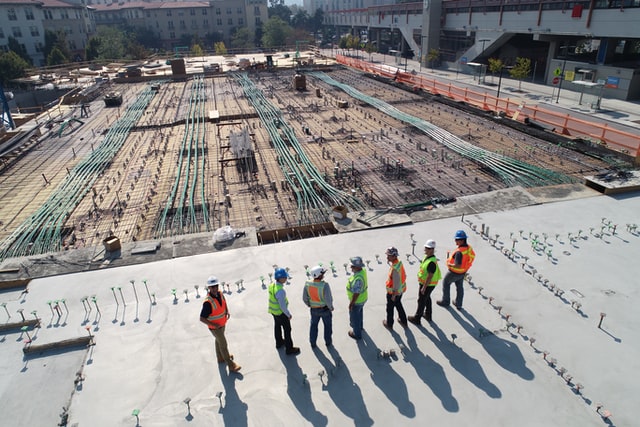Construction industry booms post-pandemic

The global pandemic has been hard-hitting on multiple industries. However, as the UK finally moves away from all government-mandated restrictions, things are looking up. Unemployment rates are dwindling, consumer spending is on the rise, and life is returning slowly to normal. If there’s one sector that has benefited from these economic and consumer shifts, it’s the construction industry. Here’s a look at the post-pandemic construction boom and how businesses can prepare their workforces for a newly increased demand.
Increased demand for homes
The recent boom in the construction industry has been driven by a notable uptick in the demand for homes and home renovations. Having spent months indoors, many people have invested in their houses to make them more comfortable. People are also seeking to upgrade to properties with larger gardens and home workspaces. During the pandemic, affordable housing fit for frontline workers was also erected and is still underway. These factors, on top of the already present home shortage in the UK, have seen the need for skilled construction workers skyrocket.
Increased need for skilled workers
The momentum in the industry has had a profound impact on the overall UK economy. More and more skilled construction workers are sought to fill skills gaps. In particular, green and sustainable manufacturing processes are thought to be the future. This need for current knowledge and skills has created thousands of jobs for new workers. Many working in the industry that lost their jobs to COVID have also been able to find new employment, bolstering the economy in a circular fashion.
Implementation of digital solutions
To keep up with the sector’s growth and the shift in market dynamics, construction businesses have entered a new digital landscape. Online workwear management systems are a useful tool for any business looking to expand their workforce. As the size of companies expands, these systems can make it easier to control budgets and work more efficiently. They also provide a flexible and versatile way for employers to provide larger numbers of workers in different locations with the required workwear they need to work safely. This reduces delays and improves efficiency.
Other examples of innovative digital solutions include drones deployed for socially distanced site visits, saving the time taken for busy workers to carry out an assessment. Technology is also being used to enhance manpower, opening up even more employment opportunities. These shifts should see the industry continue on its impressive growth trend, helping to bolster the UK economy.
-
Posted in
construction industry, COVID-19, wardrobe management systems





